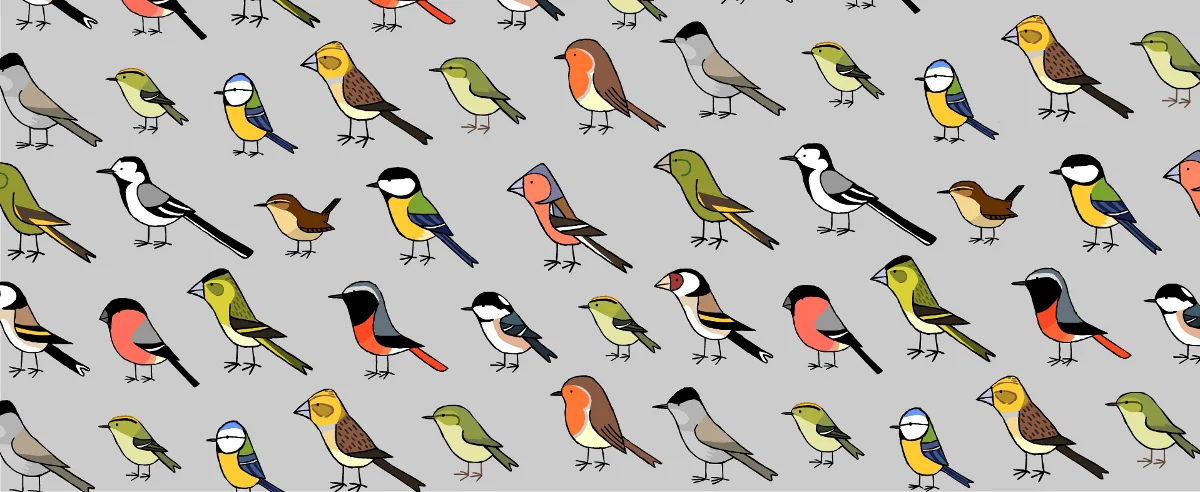20% Off Kettle Morraine Feeders
In the latter half of the year, we decided to branch out from our tried and true offerings of hopper style feeders. While we are still happy with our traditional Bird’s Choice feeders and will continue to stock them, we felt it was time to introduce a fresh line of feeders into the store. Today through Saturday, December the 21st, all Kettle Morraine feeders are 20% off!
Made in a state more commonly associated with cheese-making than bird-feeding, This Wisconsin based company’s feeders are made from long-lasting, high quality recycled plastic that won’t fade and won’t break down over time the way natural materials, such as wood, eventually will. To be specific, they are made from recycled milk jugs! We currently have five styles in stock; a suet/peanut butter feeder, a multiuse mealworm feeder, an out of the shell peanut feeder, and two traditional seed feeders.
We’ll begin with the peanut butter/suet feeder. As you can see, this feeder is different from a traditional suet cage feeder. The depressions on the surface are designed for suet or peanut butter. A good tip for using suet on this feeder is a quick blast in the microwave that will melt the suet just enough to make it malleable, but without making it runny. Times will vary by microwave but I would start with 8-10 seconds and go from there. It can then be easily spread into the depressions. You can also use peanut butter, though if you go this route we recommend finding a natural peanut butter that does not contain salt or sugar, and with no preservatives. If you use peanut butter, you can also sprinkle sunflower seeds onto it as well!
Suet/Peanut Butter Feeder, regularly $29, now $23.20 before tax.
Photo Credit: Eli Haislip
We also carry a mealworm/mixed use feeder as well. While this feeder is mainly designed for presenting live mealworms, it could also be used for suet nuggets, peanuts in or out of the shell, or even water. (Note: If you use water in it, the cup is glass and will crack if it freezes)
Mealworm/Mixed Use Feeder. regularly $52, now $41.60 before tax.
Photo Credit: Eli Haislip
They also offer a shelled (out-of-the-shell) peanut feeder that we like the design of. Unlike our Aspects shelled peanut feeders, this one offers a roof to help keep the rain off. While it won’t stop driving rain from getting in, it will help with drizzly, steady rain like we have been experiencing this week. This feeder is also quite easy to fill, it has a hinged roof where one side simply lifts up making filling this feeder a breeze. It’s design promotes use by smaller clinging birds, such as Chickadees, Tufted Titmice, White-breasted Nuthatch, Downey Woodpeckers, and more!
Shelled Peanut Feeder, regularly $49, now $39.20 before tax.
Photo Credit: Eli Haislip
Last but not least, we offer two of their varieties of small hopper style feeders. One is essentially a plexiglass version of the aforementioned shelled peanut feeder, and the other is a unique take on a standard feeder. Both options are very simple to clean and fill and would make a great first bird feeder. The birds will be happy with either option, so it is purely a matter of personal taste!




























